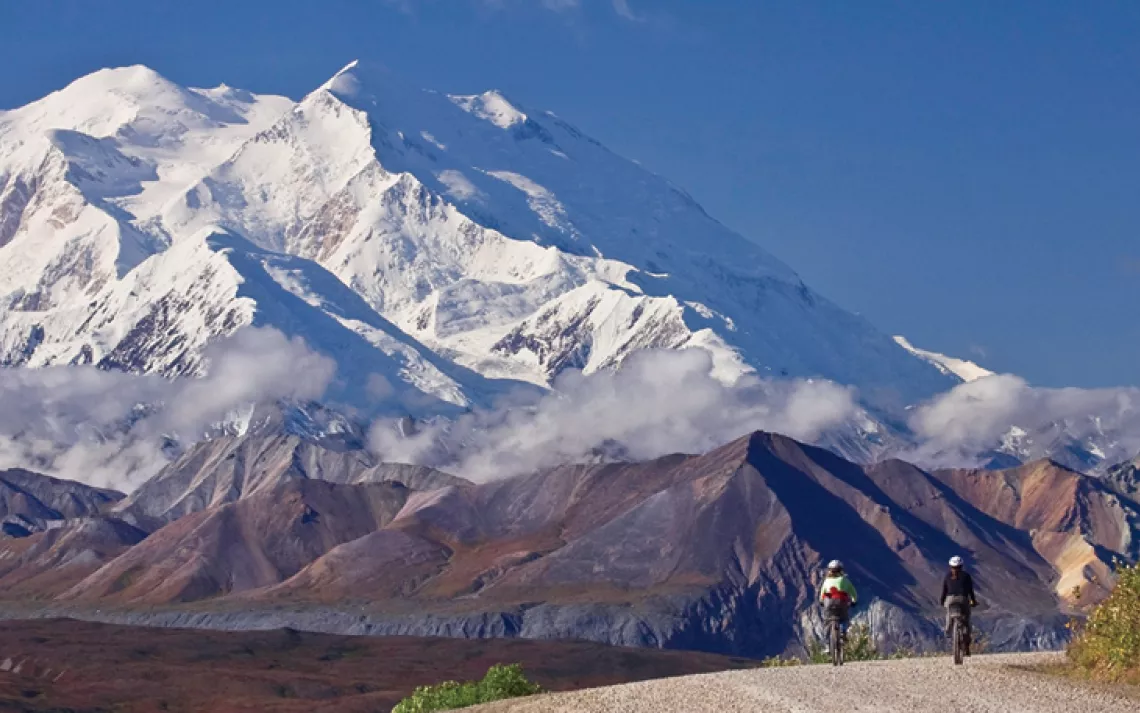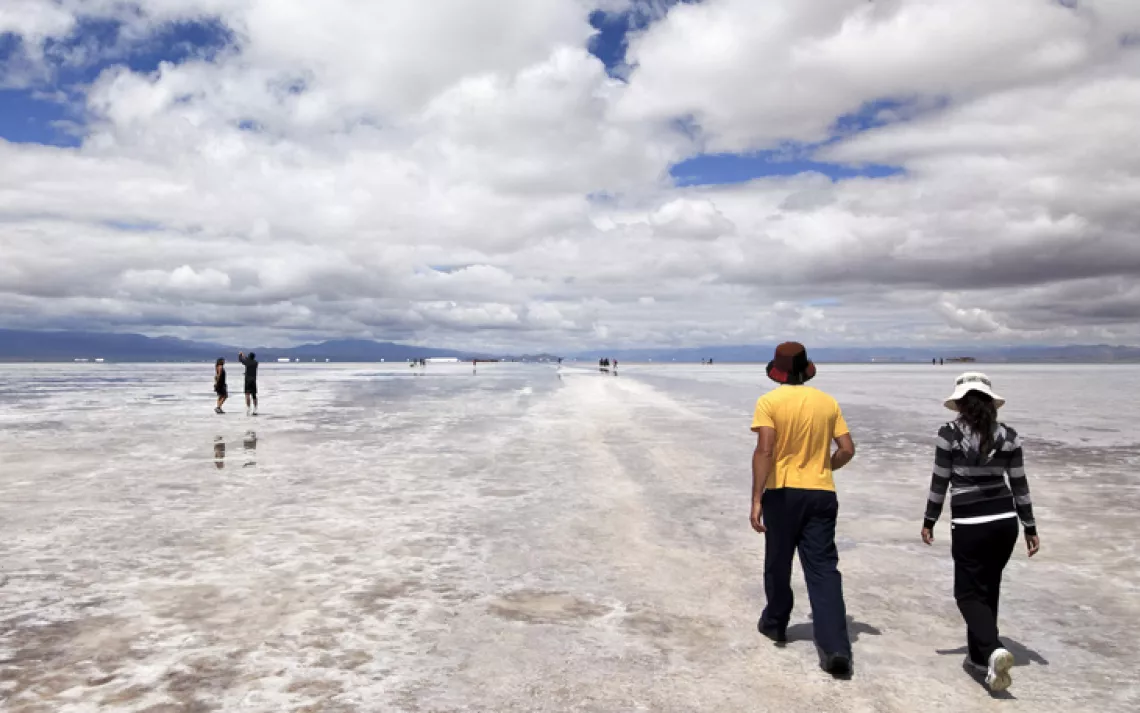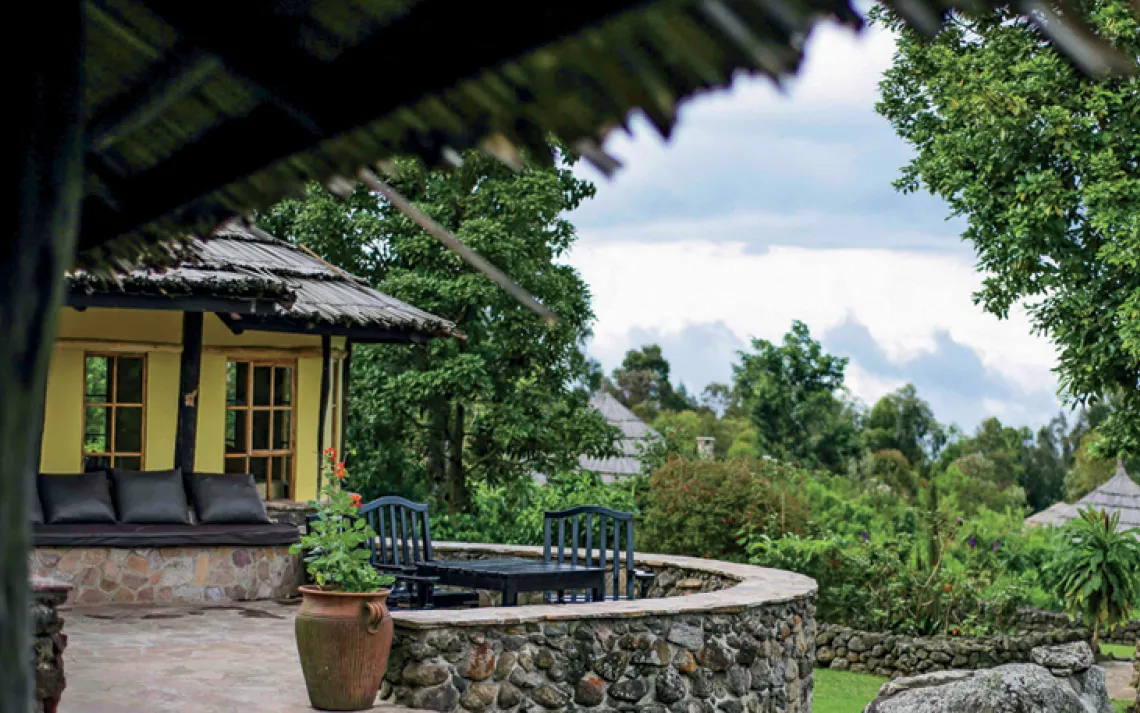The Best Places to See Fall Foliage
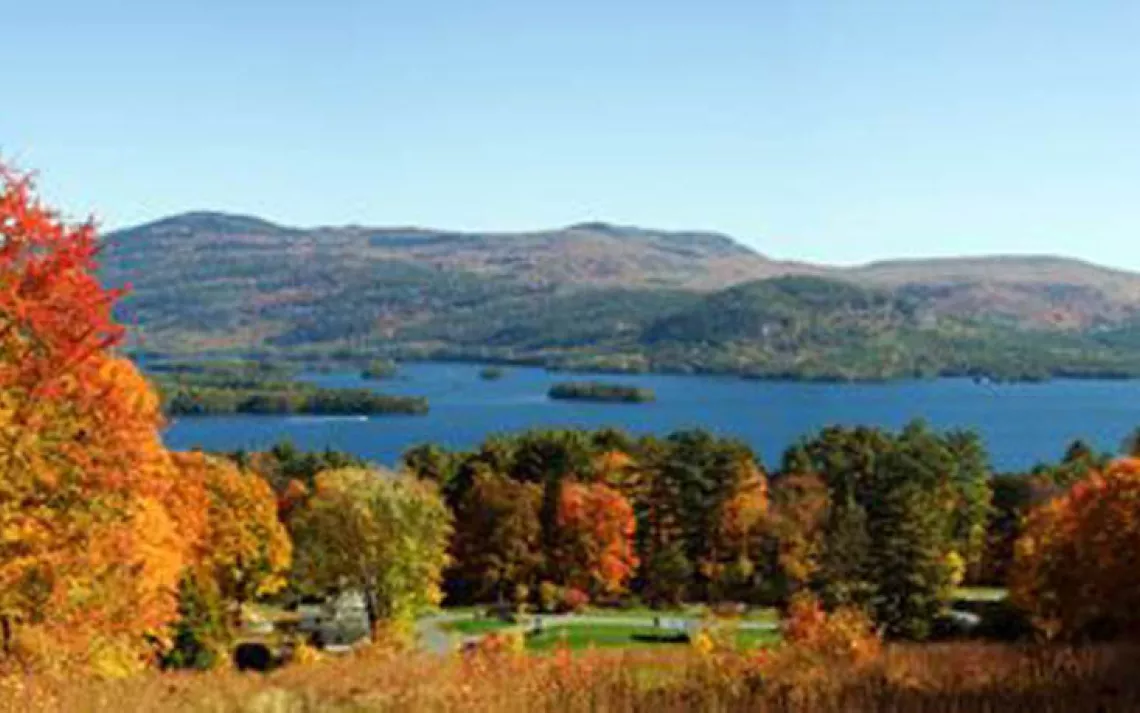
Bundling up, starting school, shorter days: Some people anticipate fall's start and the quaint normality that accompanies it, while others dread the end of summer's carefree months. But most can agree on the beauty of leaves rapidly changing colors. Check out some of our favorite locations for fall foliage, before the trees are bare and surrounded by snow.
The Adirondack Mountains, New York
If you're trying to escape the Big Apple's hustle bustle, the Catskill Mountains are a great place to start. But the Adirondack Mountains are even further removed from New York City. They're often portrayed as a northern cousin to the Catskills, but the Adirondacks are actually pretty different: The mountains reside on the southernmost part of the Canadian Shield, a billion-year old geologic mass that comprises much of Canada and the northern United States. Because the Adirondacks only recently became exposed (geologically speaking) by uplift, their mountains are fairly dome shaped. Covered by boreal forests filled with unique wildlife, a hike through the Adirondacks could be just what the doctor ordered for a weary city dweller.
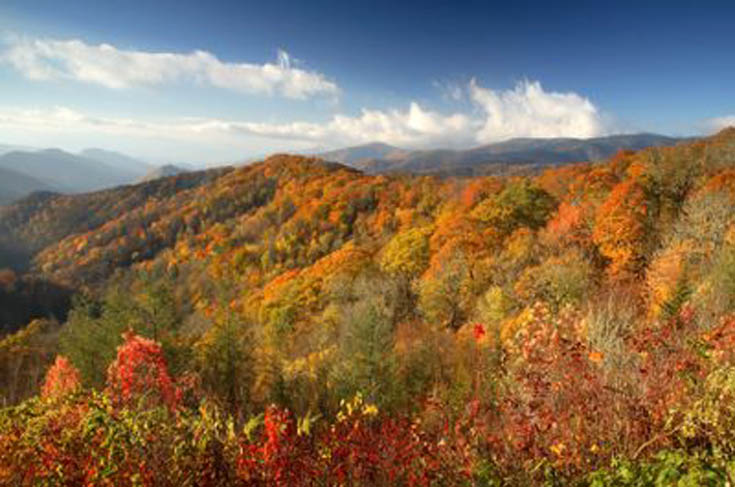
Michigan's Upper Peninsula
You've probably heard country songs about the Blue Ridge Mountains, which include the Great Smoky Mountains and are themselves a part of the Appalachian Mountains. Americans revere the Appalachians, and with good reason: The area is gorgeous and rich with natural and U.S. history. The National Park Service says that "ridge after ridge of forest straddles the border between North Carolina and Tennessee" in the Great Smoky Mountains, America's most visited national park. More than 10,000 species of plants and animals inhabit the park, which boasts sixteen mountains that are higher than 6,000 feet. Add a southern flavor to your fall leaves survey by trekking through the Great Smoky Mountains.
The Columbia River Gorge, Oregon and Washington
Many of America's premier fall destinations are located on the East Coast, but that doesn't mean the West Coast has nothing to offer. In fact, few places as awe-inspiring as the Columbia River Gorge exist. The gorge weaves through the Cascade mountain range for about 80 miles, separating Oregon and Washington and sometimes reaching 4,000 feet deep. Slow erosion from the Columbia River helped create the gorge, but so did the Missoula Floods — cataclysmic torrents of melted glacier ice that tore through the region after the last ice age. One must-see part of the gorge is Multnomah Falls, a two-tiered waterfall that tops 600 feet.
 The Magazine of The Sierra Club
The Magazine of The Sierra Club
